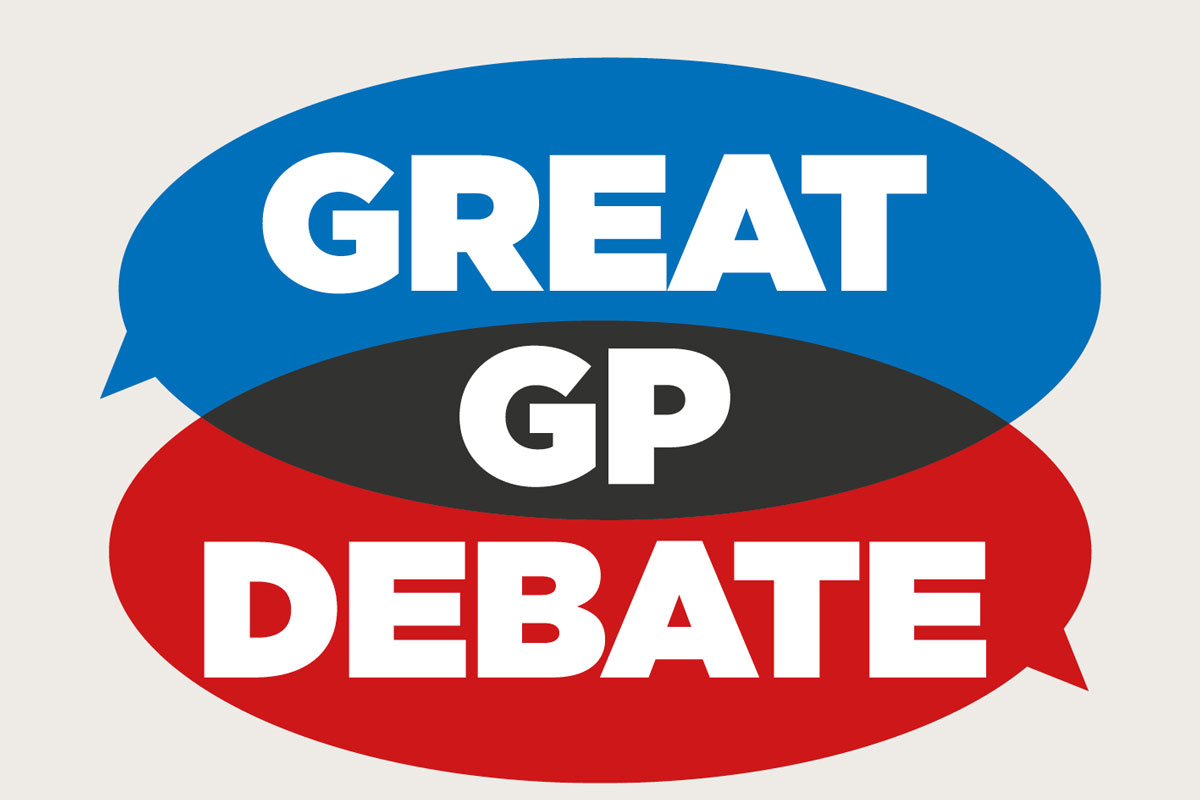
I hate New Year editorials. I always have to write them amid the tumult of December and there is pressure to make wild predictions.
But experience shows my crystal ball can be a bit cloudy; I predicted the end of the QOF a couple of years ago (still with us, albeit on its last legs) and last January we asked if the GPC should become more militant (look how that all turned out).
Yet, we do need to look ahead. The case for the crisis in general practice has been made pretty starkly by Pulse, but there is an imperative this year to start sketching out a vision of the future. Of course, we will keep on reporting the pressures facing GPs – it is our duty to hold the health service to account – but we also want to kickstart a debate about its future.
It makes sense financially, clinically and morally
This will involve some radical thinking, and the slaughtering of some sacred cows. But that is why we are starting a ‘Great GP Debate’, where all GPs will be invited to contribute to a no-holds-barred discussion about where general practice is heading.
I intend to get it under way with a series of columns and blogs that consider groundbreaking ideas for the profession. Some may be simple; others controversial, uncomfortable or even completely unworkable, but we intend to launch a carnival of imaginative ideas for the way forward.
In this vein, I am calling this month for an end to guidelines. Yes, I am arguing that the whole industry of publishing recommendations to GPs and the health service should stop. Bin all the recommendations and start again.
You have probably never been to the NICE headquarters in Manchester, but it is a gleaming glass tower filled with countless people shuffling paper (it takes 15 minutes of form-filling before a journalist is even allowed in). I suggest these people should be told to stop telling the health service what to do and instead focus on giving patients and healthcare professionals the information they need to make decisions themselves.
As you will notice from this month’s issue of Pulse, we have looked at NNTs for common treatments, with some surprising results. This kind of information is usually buried on esoteric websites or in academic journals.
To give credit to NICE, it has drawn together this information and published it for the first time to help GPs make treatment decisions in multimorbid patients. But the list does not cover all treatments and has real flaws in terms of how it can be used to inform patients.
So my challenge to NICE is this: perhaps your role – and that of other guideline makers – should move away from making recommendations. Often they are unworkable, the services advocated are not available and they put GPs at risk of legal action if they don’t follow them.
I suggest the way forward is to publish useable syntheses of evidence that both doctors and patients can understand, and that summarise the absolute benefits (and harms) of treatments at different levels of risk and comorbidity. NICE could even require the pharma industry to give up this information before drugs are approved for use on the NHS.
It makes sense financially, clinically and morally and would instantly reduce the stress caused to GPs by the threat of medicolegal action. Am I wrong?
Nigel Praities is editor of Pulse
Pulse October survey
Take our July 2025 survey to potentially win £1.000 worth of tokens













